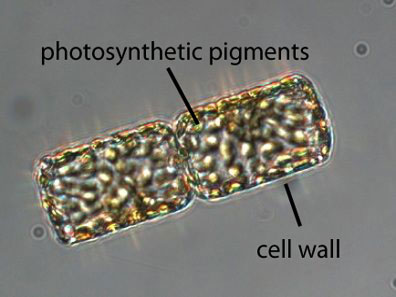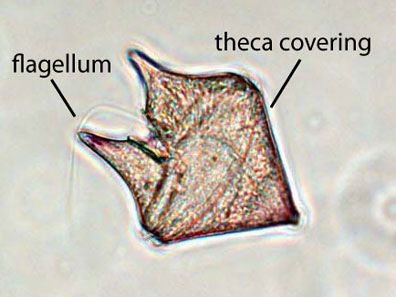Common Name : Portuguese Man-of-war
Scientific Name: Physalia physalis
Adaptations: To avoid threats on the surface, they can deflate their air bags and briefly submerge.
Hunting Strategies: Man-of-wars are found, sometimes in groups of 1,000 or more, floating in warm waters throughout the world's oceans.
Reproduction:
The polyps
responsible for reproduction are the gonozooids, which are comprised of
gonophores; sacs containing either ovaries or testes.
Interesting Facts: The tiny
Nomeus gronovii fish is immune to the sting of the Portuguese man-of-war.
Portuguese
men of war are a food source for some fish and crustaceans that are of
commercial value and thus, benefit the economy as well.
I chose it because I have seen them up close in Corpus Christi on a vacation.














